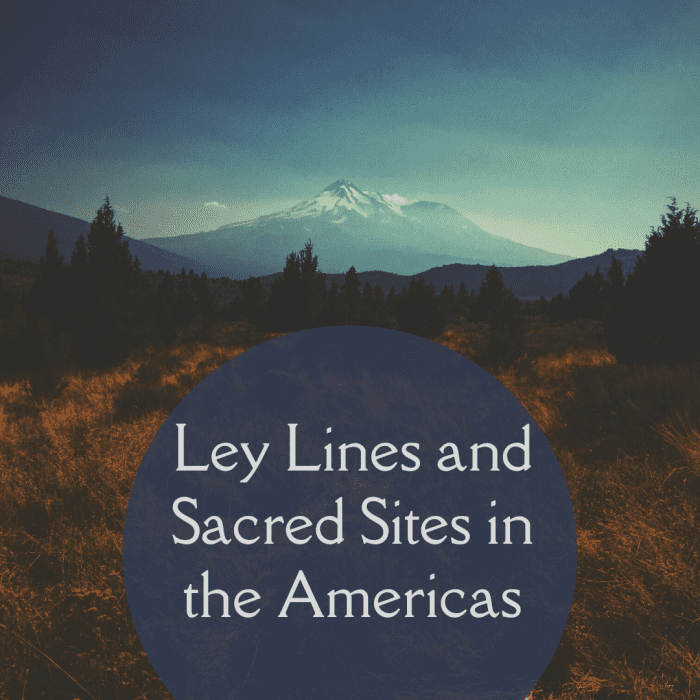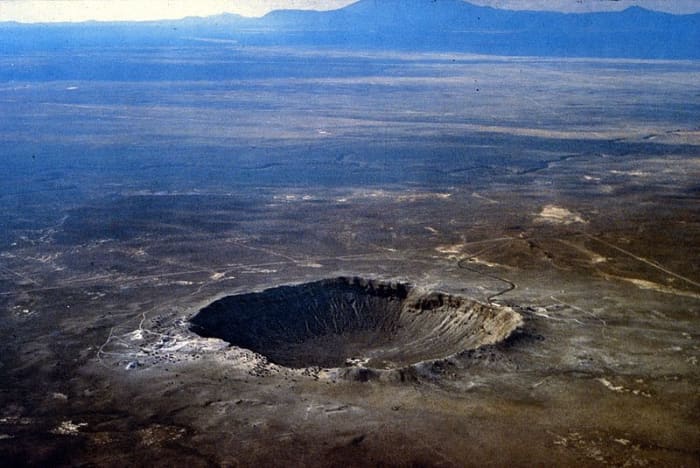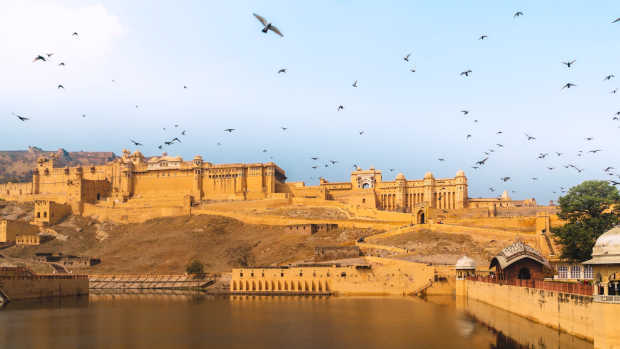Ley Lines in the Americas: Theory, History, and Resources

Mt. Shasta in California is considered by many to be an important site located on an energetic ley line.
Ley Lines: Earth's Intriguing Mysteries
Have you ever sensed that there was something special about a particular place, but couldn't quite put your finger on what it was? I know I have had this experience in both the city and the country. If you're wondering about places that have generated this experience for you, it's possible that they could be located on a ley line.
"Ley line" is a term used to describe a theorized grid of energy lines that apparently surround the Earth. The points on this grid contain many of what are considered the Earth's most sacred sites. While sites outside of the Americas are what often come to mind when sacred sites are mentioned, both North and South America also have many points along this grid.
The current theory of ley lines is considered by some to be a pseudoscience used to explain Earth's mysteries. They contend that today's iteration of the theory is far off base from the original theory of Alfred Watkins—the first modern ley line hunter. However, for true believers, ley lines are a reality that explain some of the most famous of Earth's mysteries, including the Bermuda Triangle and Stonehenge.
This is a brief introduction to the theory of ley lines that includes the history of differing theories and areas of current thought. Included is a list of top online resources about ley lines and sacred sites in North and South America.

Barringer Meteor Crater in Arizona.
By D. Roddy, U.S. Geological Survey (http://www.solarviews.com/cap/earth/meteor.htm) [Public domain]
"Ley" is an Anglo-Saxon word that refers to cleared strips of ground or meadows.
History and Development of Ley Line Theory
Alfred Watkins and the Original Theory
The original theory of ley lines is believed to have first been popularized by Alfred Watkins from Hereford, England. In 1921, he was studying a map of the countryside when he had a sudden insight. According to a biography by his son, it was as if his mind was, "...flooded with a rush of images forming one coherent plan. The scales fell from his eyes and he saw that over many long years of prehistory, all trackways were in straight lines marked out by experts on a sighting system. The whole plan of the Old Straight Track stood suddenly revealed."
According to Ellie Crystal at Crystal Links, Watkins may have been influenced by the work of William Henry Black, who speculated on a similar theory in a talk given at the British Archaeological Association in Hereford in 1870.
Mr. Watkins first published his theory in a short work titled British Trackways in 1922, and then expanded it in The Old Straight Track: Its Mounds, Beacons, Moats, Signs and Mark Stones in 1925. There is a much more complete biography of Watkins at the Herefordshire Council website.
New Age Development
Paul Devereux, a prolific author and the editor of Ley Hunter magazine for 20 years, says that today's ley line theories would be unrecognizable to Alfred Watkins. According to Devereux, Watkins believed that leys were laid down by surveyors during the Neolithic period.
During the period after Watkins first popularized ley lines, the study of this phenomenon lost steam. It was revived with a psychedelic twist in the 1960s when an ex-RAF pilot named Tony Wedd blended Watkins's ley line theory with assorted UFO pilot theories and published his own work on the subject. The idea then spread from ley hunters in England to America over the course of the 1970s and 1980s. This period of spread to the USA and elsewhere is when the New Age conceptualization of the leys as lines of energy really took off. Devereux states that this energy line theory is far afield from the belief held by Watkins, who believed the lines were simply markings laid down in ancient landscapes.
What Is the Difference Between Ley Lines and Vortices?
"Vortices" is the plural form of of the word "vortex" (also sometimes pluralized as vortexes), and refers to the points on the energy grid. These vortices are connected by ley lines. Sacred sites are very often found at vortices. These are likely areas you often hear about, such as Stonehenge, many places in the American West, and other ancient monuments.
What Makes a Site Sacred?
Many modern structures (e.g., cathedrals; temples) are considered sacred by religious adherents. But some are believed to have been built on sites that already had existing mystical, magical, and religious associations of pre-Christian people. From a ley line perspective, these energetically powerful sites are believed to be the vortices mentioned above.
Some believers subscribe to the ancient astronaut theory and think these sites may have been UFO landing strips or landmarks. They think it's possible that leys are actually a guidance system used to map the Earth from space. According to this theory, the sacred sites placed at vortices are magnetic points on the Earth's surface. It is hypothesized that their magnetism inspired otherworldly visitors to choose them as part of their mapping system.
Recommended

Cathedral Rock in Arizona is one of several sites in Sedona considered by new-agers to be a vortex of energy.
By John Fowler from Placitas, NM, USA (Cathedral Rock Uploaded by PDTillman) [CC-BY-2.0 (http://cre
The New Atlantean Order and Ley Lines
Resources About Sacred Sites in North and South America
There are a number of places across both North and South America that are considered to be sacred sites. These resources cover a multitude of places that a variety of cultures have deemed to be holy or significant. Did these sites become special or sacred to humans because they are located along ley lines?
Books on Earth Mysteries by Paul Devereux
Mr. Devereux has written many books on the subjects of ley lines and sacred sites. He's written extensively about sites from the Americas and around the world. His books would be good resources to consult if you're looking to further research this topic.
Books About Ley Lines by Dorothy Leon
Spiritual author, Dorothy Leon, writes a lot about ley lines and shares her discovery of a pattern of ley lines over the Grand Teton. Resources of hers that you might want to consult include her book on ley lines, American Ley Lines Volume I: Triangle From Mountains, and her EarthStar North America map.
Dorothy Leon Discusses American Ley Lines
Maps and Resources on Ley Lines and Vortices From Ley Hunting Enthusiasts
- Ley Lines of the American West
The geometry of the EarthStar globe corresponds to megaliths (huge stone constructions, e.g. the Great Pyramid) around the world. - Phenomenon of the Vortex
Further explanation of vortexes. - Liminal Thresholds: Ley line maps
Ley line maps from around the world. - Society of Ley Hunters
Founded in 1999, the Society of Ley Hunters based in the UK is a group for like-minded people to learn and explore ley lines. - Earth's Grid System: Science and Pseudoscience
Earth's Grid Systems Science and Pseudoscience page at Crystal Links. - Ley Line-Adjacent Topics of Interest
Links to sites on ley lines, sacred geometry and others that fall under the sacred landscape title at the Lucky Mojo site.
This content is accurate and true to the best of the author’s knowledge and is not meant to substitute for formal and individualized advice from a qualified professional.
© 2012 PatriciaJoy
Comments welcome - Are you a believer?
Courtney Rhodes on January 22, 2015:
great hub! ley lines and sacred sites have fascinated me for a while and only recently has more information been published and shared about them. I have been to 2 sacred sites. Stone Mountain in Georgia and Enchanted Rock in Texas. I would like to find out about sacred sites in Tennessee, can't find much, but that state holds a lot of energy.
David R. Cowan on October 31, 2014:
Over 30 years of following the leys here in Scotland I have found one incontroversial truth - the major leys here and the USA are emitted from volcanic plugs and extinct volcanoes. The USA has ALL of its capitals placed in lines from extinct volcanoes on the Azores, Bermuda and Azores. The Federal triangle has Pensylvannia Avenue in a line of no less than two volcanic plugs (Devils Tower in Wyoming) and an extinct volcano on the Azores - very powerful. See my latest book "Ley Lines UK and USA".


